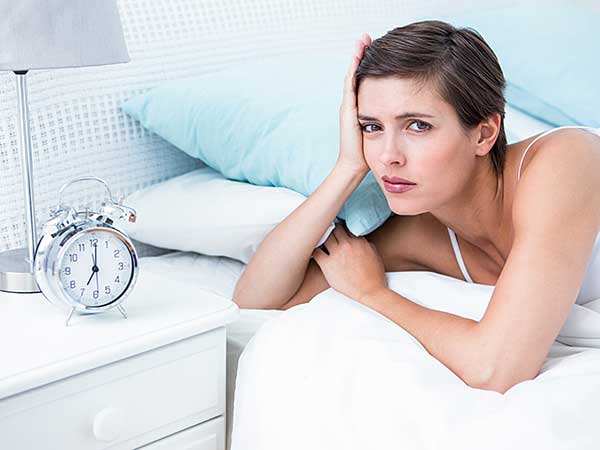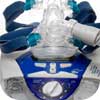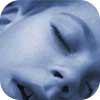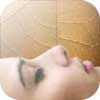Before you can decide on which sleep aids are right for you, you have to find out which sleep disorder is affecting you.
Sometimes it’s easy, but in some cases you will need to see your doctor
Just as there are many sleep aids available to help you sleep better, there are also just as many sleep problems to prevent you from getting a good night’s rest.
We’ve all experienced occasional bouts with sleepless nights but when sleep problems become chronic they can effect our health and our sanity. Problems with sleep should not be taken lightly as it can have serious, even fatal, consequences.
If your insomnia is severe or your difficulty with falling asleep is related to another medical disorder we always recommend seeing your doctor or a sleep disorder specialist to find out what options are available or even have a sleep test done to determine the best course of action.
Let’s look at some of the more common sleep disorders.

A baby sleep disorder may not seem all that serious, however, it can be a sign of something much more troubling.

Insomnia
The Facts About Insomnia are fairly well known and the medical community has developed many ways to successfully treat it. If you are one of the thousands of people who suffer from insomnia, your first step to getting better is getting the facts.

Sleep Apnea
What Is Sleep Apnea? Basically, sleep apnea is an interruption to breathing during sleep. There are three main types of sleep apnea (central, obstructive and complex) that affect breathing in different ways and can be fatal if untreated.

Bed Wetting
Bedwetting Help There is Bedwetting Help Available for Children and Adults. Learn about the bed wetting help options to keep your nights dry.

Parasomnias
Parasomnias are one of the most wide ranging and fascinating classes of sleep problems that include nightmares, sleep paralysis, sleep eating disorder, night terrors, sleepwalking (sonambulism), sleep sex, bedwetting (enuresis), restless legs syndrome and teeth grinding (bruxism).

Sleep Paralysis, Night Terrors
Sleep Paralysis Is Normal, But Scary If Accompanied By Hallucinations. Another frightening experience is referred to as Night Terrors which can affect both children and adults.

Narcolepsy
What is Narcolepsy? Narcolepsy is a sleep disorder that affects sleep patterns. During normal waking hours those suffering from narcolepsy will find themselves feeling the sometimes irrresistable urge to sleep at inappropriate times and places.

Restless Leg Syndrome
Suffering From Restless Leg Syndrome? Find out what you can do to help alleviate the symptoms of Restless Legs Syndrome.

Circadian Rhythm Disorders
Shift Work Sleep Disorder can disrupt your normal circadian rhythym. So even without another sleep disorder shift work can be bad for your health. Delayed Sleep Phase Syndrome is often misdiagnosed. Are you affected by delayed sleep phase disorder?

Jet Lag
Jet Lag Cure – Looking For A Jet Lag Remedy That Works? People have been looking for a jet lag cure since the jet-age began. It is a modern-day dilemma with a known cause.



